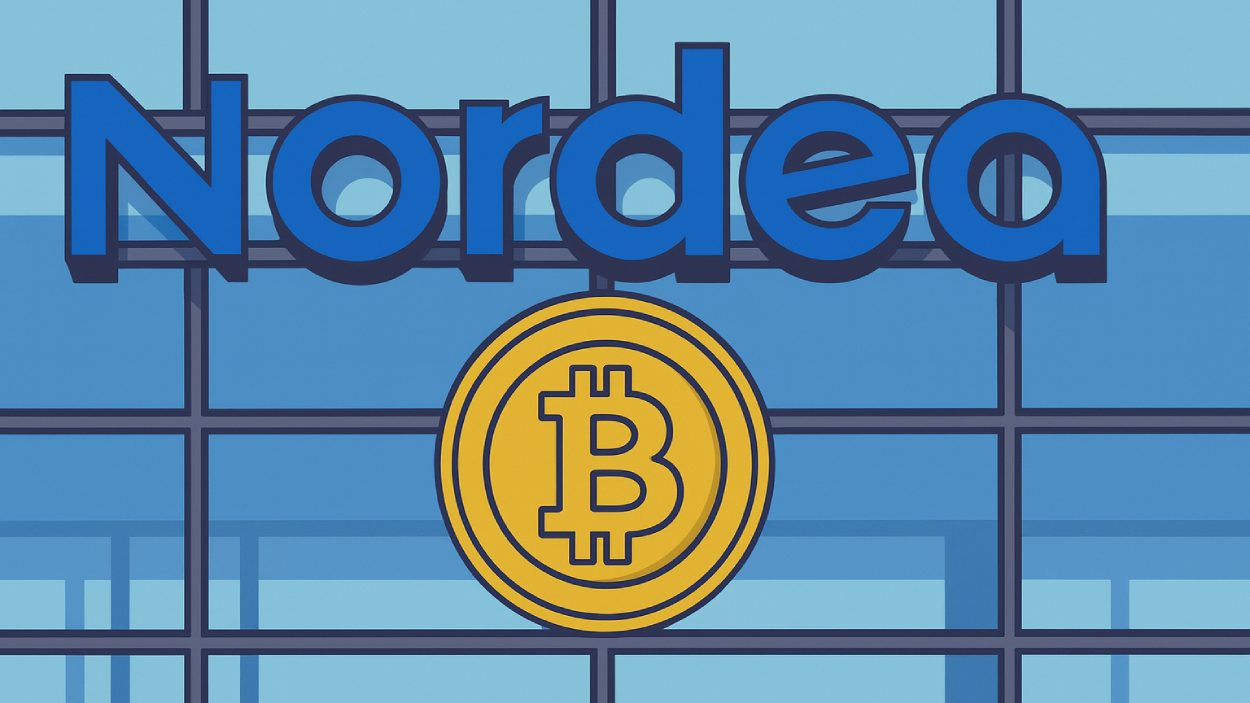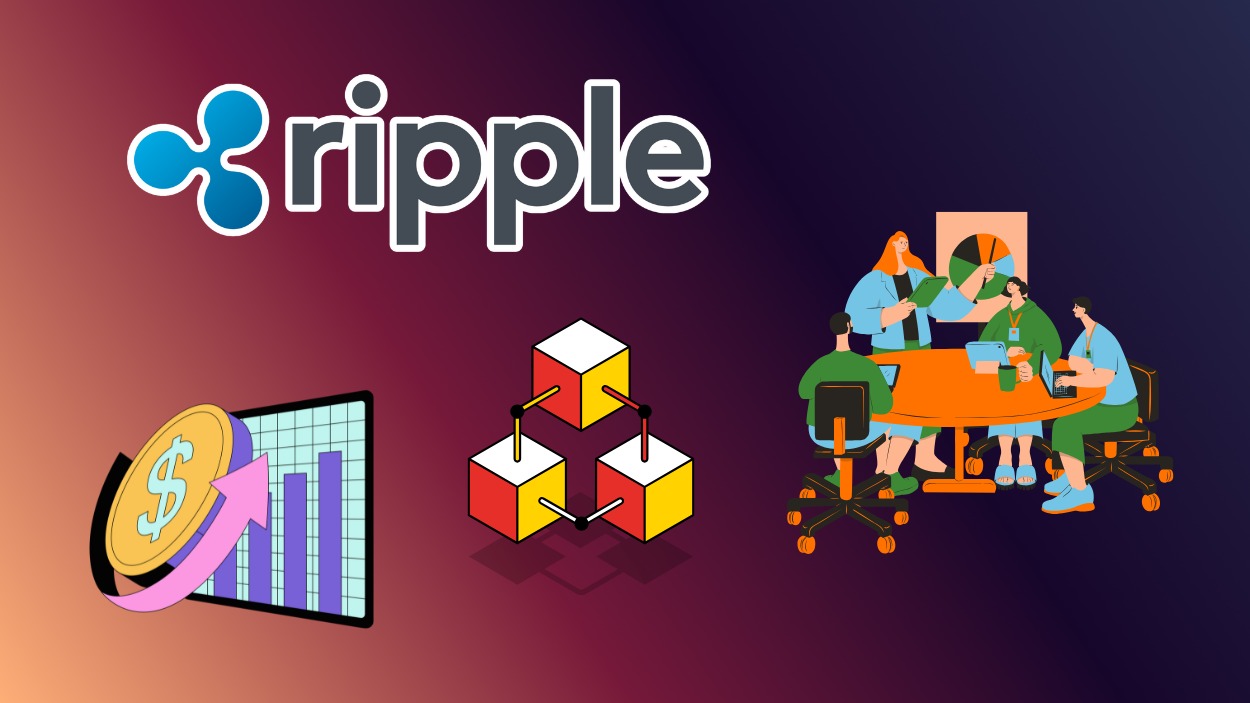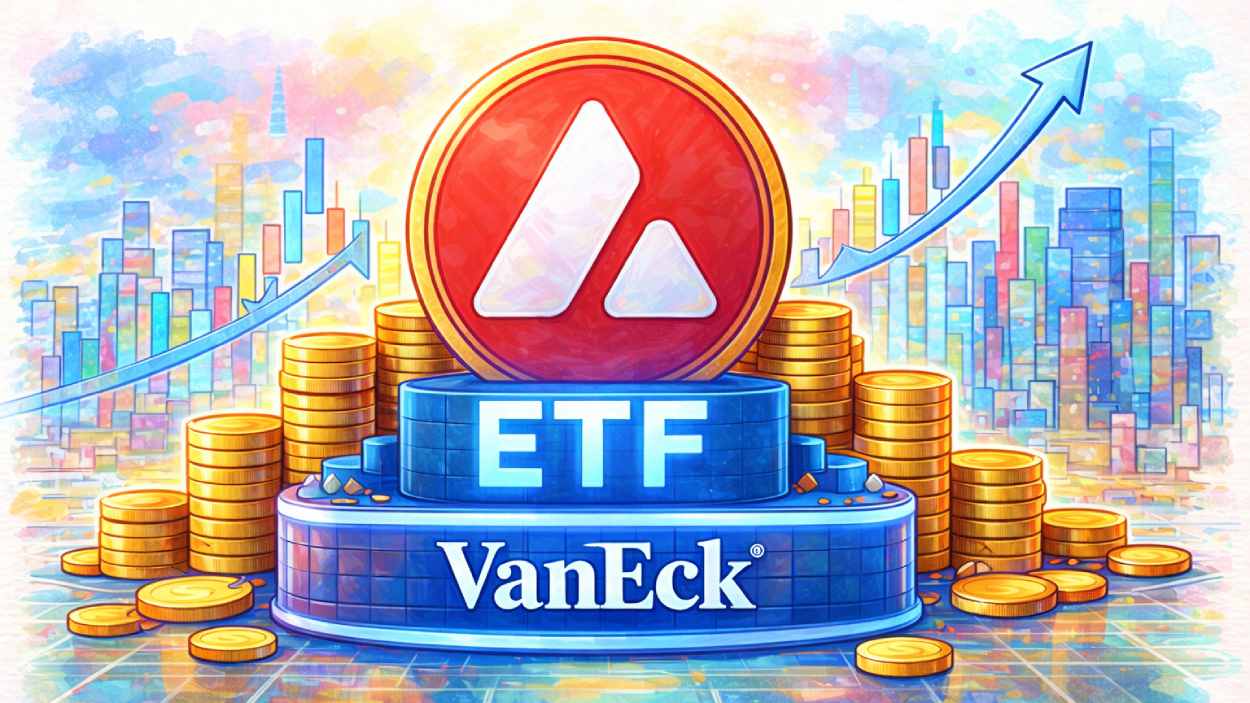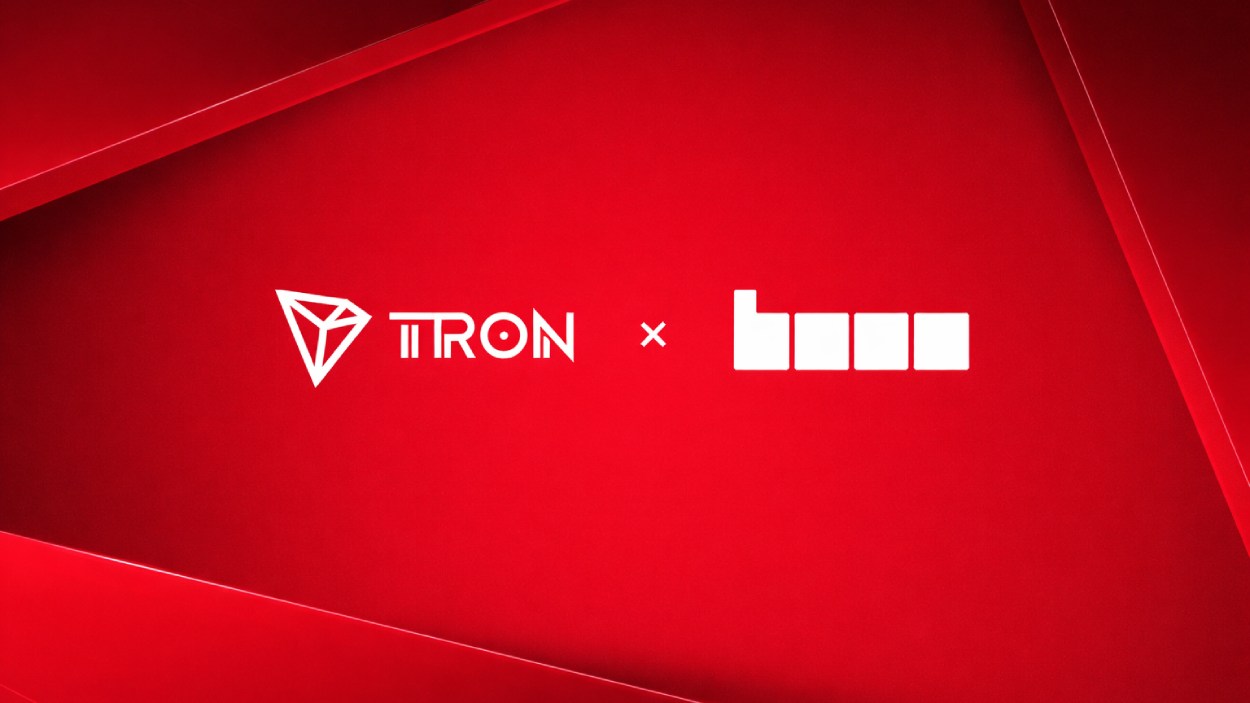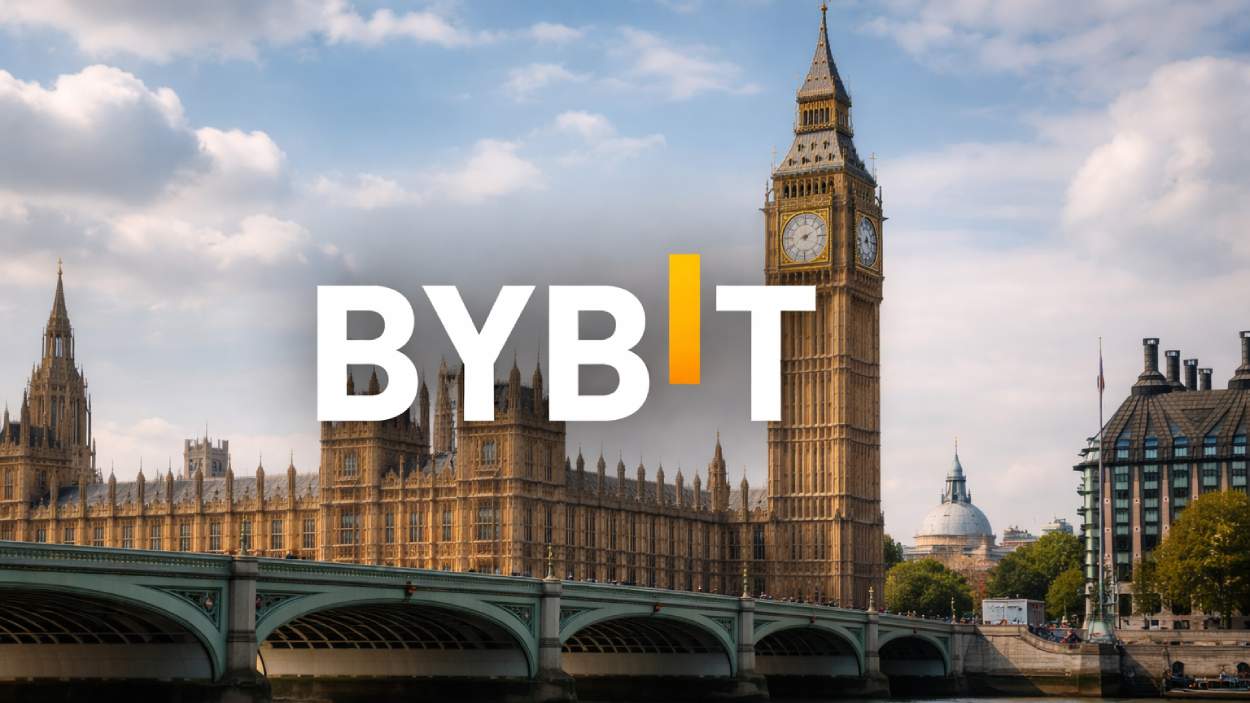Nordea, the largest bank in the Nordic region, will allow customers to trade a Bitcoin-based synthetic exchange-traded product (ETP) starting December 2025.
Key Takeaways
- Nordea Bank will offer Bitcoin exposure through a synthetic ETP developed by CoinShares.
- The move follows the implementation of the EU’s MiCA crypto regulation in December 2024.
- Customers will access the product via Nordea’s execution-only platform, without advisory services.
- This marks a significant shift for Nordea, which previously maintained a cautious stance toward crypto.
What Happened?
Nordea Bank announced it will offer access to a Bitcoin synthetic ETP through its execution-only investment platform beginning in December 2025. The product will be issued by CoinShares, a leading European digital asset manager. The decision comes as the European regulatory environment for crypto matures and investor interest in virtual assets continues to rise in the Nordic region.
JUST IN: 🇫🇮 €648 billion Nordea to allow customers to trade $BTC linked ETP on its platforms. pic.twitter.com/t5C684C24b
— Whale Insider (@WhaleInsider) October 30, 2025
Nordea Opens Crypto Gateway with CoinShares Bitcoin ETP
Nordea’s new Bitcoin product is a synthetic ETP, meaning it gives investors exposure to Bitcoin without requiring them to directly hold the cryptocurrency. Instead, the product tracks the price of Bitcoin through a financial instrument structured and managed by CoinShares.
CoinShares, a well-known asset management company with over $10 billion in assets under management, is the issuer behind this ETP. It will be available only to experienced investors seeking alternative asset exposure through Nordea’s platform.
The bank has chosen to distribute the ETP through its execution-only service, which means that while customers can buy and sell the product, Nordea will not provide advisory support. This aligns with the bank’s approach to offering access to riskier or more complex investment products to informed clients.
Shift in Regulatory Environment Spurs Change
The timing of the launch is not coincidental. The European Union’s Markets in Crypto-Assets (MiCA) regulation, which went into effect in December 2024, has brought a new level of clarity and investor protection to the crypto industry across EU member states.
Nordea explicitly cited MiCA’s implementation as a key factor influencing its decision. According to the bank’s official statement, the regulation provides the regulatory clarity and supervision that was previously lacking in digital asset markets.
The bank also noted that the demand for crypto exposure is growing among both retail and institutional investors in the Nordic countries. That interest, combined with more stable and mature frameworks, has pushed Nordea to reconsider its cautious approach.
A Strategic Yet Careful Step Forward
While Nordea is opening the door to crypto products, it continues to tread carefully. In its announcement, the bank highlighted its historic hesitation toward digital assets due to the lack of investor protection and oversight in earlier years.
By partnering with a trusted name like CoinShares and launching a synthetic rather than physically-backed product, Nordea is signaling a measured entry into the crypto space. This structure limits some operational risks, though it also introduces counterparty and issuer risks that come with synthetic financial instruments.
CoinLaw’s Takeaway
I think this is a big moment for the Nordic financial scene. Nordea’s move is more than just a product launch. It’s a strong signal that crypto is gaining mainstream legitimacy in traditional banking. In my experience, when a conservative, well-established bank like Nordea makes a pivot like this, it’s not just about customer demand. It’s about confidence in the system supporting the product.
The rollout of MiCA across the EU has given traditional players the green light to start dipping into digital assets without feeling like they’re stepping into a legal gray area. And even though this ETP is labeled for experienced investors, the accessibility it provides is a meaningful step toward normalizing crypto in everyday banking.

